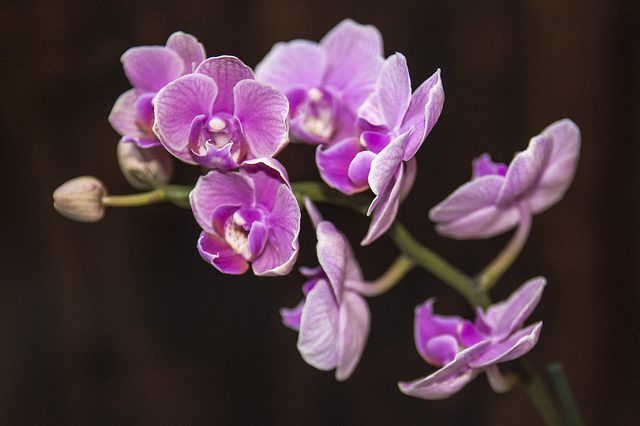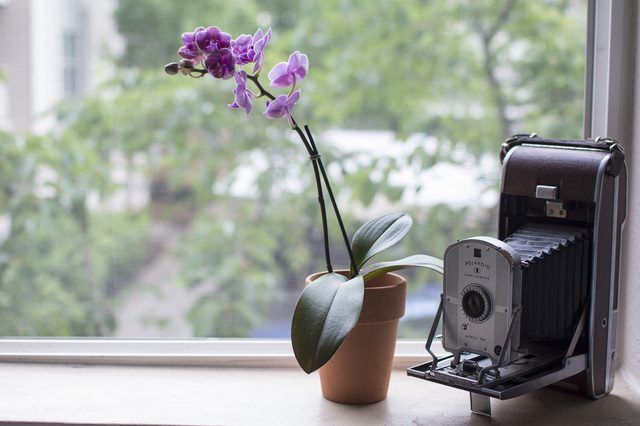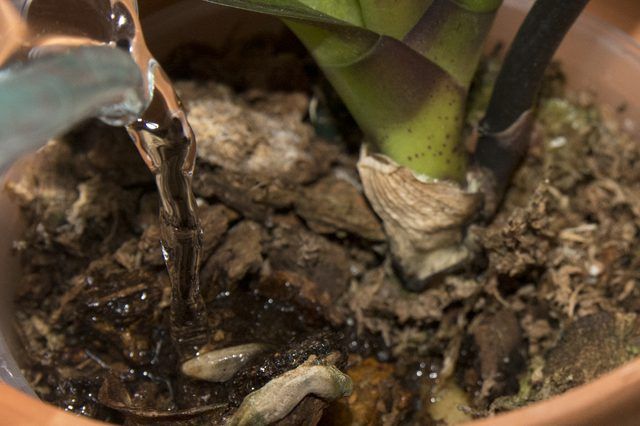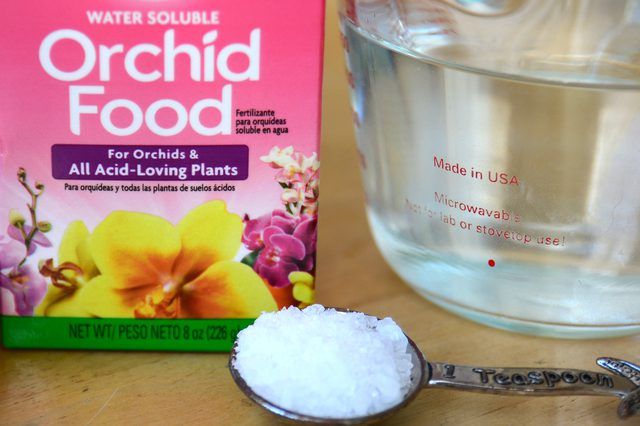Bulbs
Flower Basics
Flower Beds & Specialty Gardens
Flower Garden
Garden Furniture
Garden Gnomes
Garden Seeds
Garden Sheds
Garden Statues
Garden Tools & Supplies
Gardening Basics
Green & Organic
Groundcovers & Vines
Growing Annuals
Growing Basil
Growing Beans
Growing Berries
Growing Blueberries
Growing Cactus
Growing Corn
Growing Cotton
Growing Edibles
Growing Flowers
Growing Garlic
Growing Grapes
Growing Grass
Growing Herbs
Growing Jasmine
Growing Mint
Growing Mushrooms
Orchids
Growing Peanuts
Growing Perennials
Growing Plants
Growing Rosemary
Growing Roses
Growing Strawberries
Growing Sunflowers
Growing Thyme
Growing Tomatoes
Growing Tulips
Growing Vegetables
Herb Basics
Herb Garden
Indoor Growing
Landscaping Basics
Landscaping Patios
Landscaping Plants
Landscaping Shrubs
Landscaping Trees
Landscaping Walks & Pathways
Lawn Basics
Lawn Maintenance
Lawn Mowers
Lawn Ornaments
Lawn Planting
Lawn Tools
Outdoor Growing
Overall Landscape Planning
Pests, Weeds & Problems
Plant Basics
Rock Garden
Rose Garden
Shrubs
Soil
Specialty Gardens
Trees
Vegetable Garden
Yard Maintenance
How to Grow Orchids Indoors
How to Grow Orchids Indoors. Growing orchids indoors brings a touch of the tropics into your home. These perennial beauties crave the humidity and light of their native jungle environments, but they're far from fussy when grown inside. Species from the *Phalaenopsis*, *Cattleya* and *Dendrobium* genus are commonly grown as houseplants. It's smart...
Growing orchids indoors brings a touch of the tropics into your home. These perennial beauties crave the humidity and light of their native jungle environments, but they're far from fussy when grown inside. Species from the Phalaenopsis, Cattleya and Dendrobium genus are commonly grown as houseplants. It's smart to start with an established plant, which should be planted in a pot with drainage holes containing fir tree bark chips, sphagnum moss, tree fern fiber or other similar materials suited for tropical orchid growth. Provide them with warmth, sunlight, and a regular watering schedule to ensure these exotic flowers thrive and bloom in your home.

Place an established, potted orchid on a tray of pebbles covered to the top in water. This increases humidity for the orchid, which is necessary for successful blooming. Alternatively, keep a humidifier in the room near the orchid. Humidity should be around 50 percent for epiphytic orchids.

Place the orchid in a well-lit window, preferably facing east or south to let in the ideal light intensity. Watch the leaf color to determine whether your orchid is receiving too much or too little light; dark green indicates that the orchid needs more light, while yellow leaves are receiving too much sun. Orchids may be protected from intense light with a sheer curtain.
You can also grow orchids under artificial light -- specifically four fluorescent tubes that are 4 feet long and placed 6 inches apart. Set the orchids 6 to 8 inches under the tubes, and keep the tubes lit for 14 to 16 hours every day.

Keep the temperature range between 50 and 90 degrees Fahrenheit for the orchid. The good news is that this is a typical room temperature comfortable for humans, so it shouldn't be hard to live with your orchid. Just make sure the orchid doesn't become overheated or chilled next to the window glass during the heat of midday or on cold nights.

Water the orchid thoroughly in tepid water once a week, preferably by the afternoon to allow the foliage to dry before nightfall in case it accidentally gets splashed. Allow the water to drain afterwards; waterlogging can kill orchids faster than a period of mild drought.
In between waterings, let the orchid's potting materials dry out until they feel almost dry to the touch. This is important for all kinds of orchids, including black orchids (Coelogyne pandurata).

As a general rule, fertilize twice a month during growth periods and once a month during rest periods. Choose a water-soluble, balanced fertilizer formulated specifically for orchids, such as a 20-20-20 blend which has an equal ratio of nitrogen, phosphorus and potassium. Orchids grown in bark need a higher ratio of nitrogen, such as a 30-10-10 or 15-5-5 blend. One orchid fertilizer recommends 1/4 teaspoon per gallon of water, but always follow label directions.
Every month, water pot thoroughly to flush out any accumulated salts.
